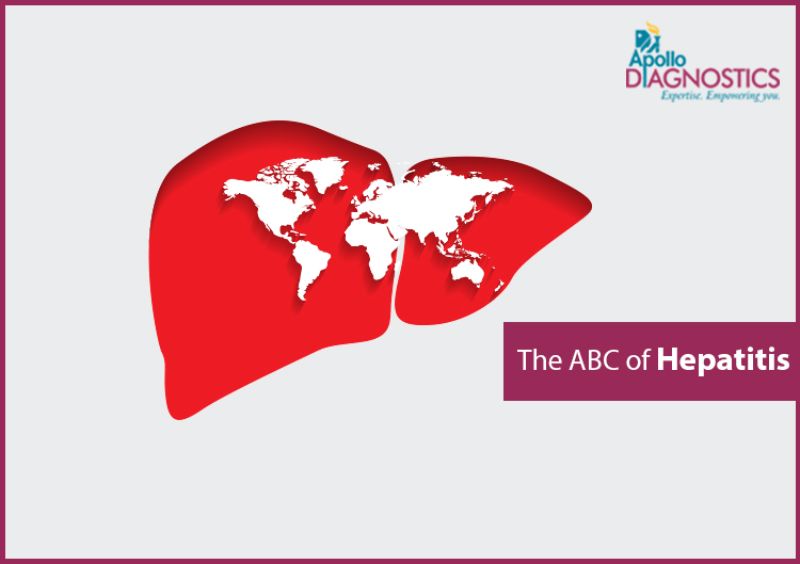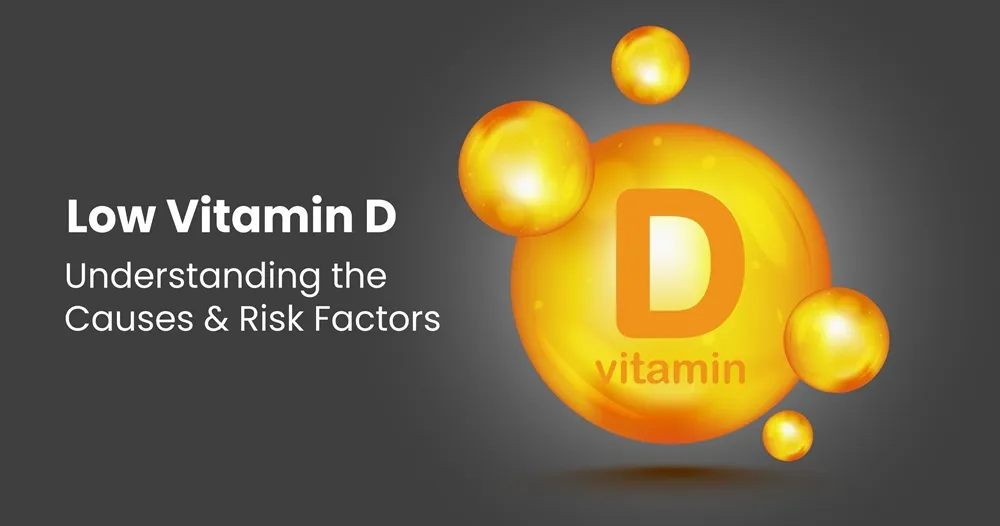Symptoms and Causes of Hepatitis
Jun 04, 2020

Hepatitis is a condition in which liver inflammation occurs due to the hepatitis virus. There are five main types, namely, hepatitis A, B, C, D, and E, each of them caused by a specific type of the hepatitis virus. The seriousness and symptoms are different for each type. The causes are not very varied, but are not the same for the different types either.
Hepatitis A – The infection takes about two months to subside and further complications are usually not seen. Symptoms may include fatigue, dark urine, yellowing of the eyes, nausea & vomiting, abdominal pain in the liver area, low fever, joint pain, etc. While the symptoms may disappear in a few weeks, the infection itself may be severe and last for some months.
Causes: The hepatitis A virus is spread through contaminated food and water, or due to close contact with an infected person even if he does not have symptoms. Eating raw shellfish from polluted water, not maintaining proper hygiene and sexual contact with an infected person, are some other routes for transmission.
Hepatitis B – The recovery period is about six months if it is chronic, but it may also develop into a long-term infection that causes liver damage. If it is the acute form, it lasts less than six months. It can also lead to liver cirrhosis or liver cancer. The symptoms are almost the same as those of hepatitis A, and may or may not show up.
Causes: The hepatitis B virus is passed around through infected body fluids like blood, saliva and semen. Thus, sexual contact or unprotected sex with an infected person is one method of transmission. Sharing dirty or used needles, living with someone who has chronic HBV infection, visiting places with high HBV infection rates, are all risk factors. Infected pregnant woman can also pass on the virus to their children during childbirth. Vaccination can prevent this from happening.
virus is passed around through infected body fluids like blood, saliva and semen. Thus, sexual contact or unprotected sex with an infected person is one method of transmission. Sharing dirty or used needles, living with someone who has chronic HBV infection, visiting places with high HBV infection rates, are all risk factors. Infected pregnant woman can also pass on the virus to their children during childbirth. Vaccination can prevent this from happening.
 virus is passed around through infected body fluids like blood, saliva and semen. Thus, sexual contact or unprotected sex with an infected person is one method of transmission. Sharing dirty or used needles, living with someone who has chronic HBV infection, visiting places with high HBV infection rates, are all risk factors. Infected pregnant woman can also pass on the virus to their children during childbirth. Vaccination can prevent this from happening.
virus is passed around through infected body fluids like blood, saliva and semen. Thus, sexual contact or unprotected sex with an infected person is one method of transmission. Sharing dirty or used needles, living with someone who has chronic HBV infection, visiting places with high HBV infection rates, are all risk factors. Infected pregnant woman can also pass on the virus to their children during childbirth. Vaccination can prevent this from happening.Hepatitis C – Acute hepatitis C rarely reveals itself through symptoms. Even chronic HCV may take decades to show up in the form of symptoms. When enough damage is done to cause liver disease, symptoms such as these may appear: easy bleeding, poor appetite, fatigue, dark coloured urine, yellowed eyes, weight loss, spider angiomas, confusion and drowsiness, fluid in the abdomen, swollen legs, etc.
Causes: The hepatitis C virus spreads through contaminated blood. Accidental contact with an infected needle, use of unsterile equipment for transfusions, transplants or tattoos are all risk factors. It may also be transmitted from a woman with hepatitis C to her babies.
Hepatitis D only infects people who already have hepatitis B. It can be acute or chronic and may develop into cirrhosis. It occurs suddenly and causes severe symptoms, which may go away on their own. If it lasts longer than six months, it is known as chronic hepatitis D. Symptoms are similar to those of hepatitis B.
Causes: The virus is spread through infected fluids such as urine, semen, vaginal fluids, blood, or body fluids during birth.
Hepatitis E is an acute disease which usually goes away on its own, but may also lead to acute liver failure. Symptoms, again, include yellow skin, dark urine, joint pain, abdominal pain, liver enlargement, loss of appetite, nausea, fever, etc.
Causes: Water contaminated by faecal matter is a major transmitter of the disease. Visiting areas with poor sanitation places you at a risk. Consuming products from infected animals, childbirth, etc. can also cause infection.
Other causes of hepatitis, in general, include consumption of toxic substances such as alcohol and drugs, and autoimmune disease. Autoimmune hepatitis is caused when the immune system turns against the liver and kills off liver cells.
The safest way to prevent the disease is to avoid contact and maintain hygiene, and of course, get vaccination done. If you observe symptoms or think you’re at risk, it is best to get tested as early as possible. For more information on Hepatitis vaccination and testing, visit Apollo Diagnostics.
Related Blog Post
Blog Categories
- Child Health
- Mens Health
- Women's Health
- Mental Health
- Health Myths & Facts
- Fitness
- Nutrition/Recipes
- Remedies
- Weight Management
- Stress Management
- Health Supplements
- Addiction Management
- Disease Management
- Allergy
- Anemia
- Arthritis
- Asthma
- Autoimmune Diseases
- Blood Pressure
- Cancer
- Deficiencies
- Dengue/Malaria/Chikungunya
- Diabetes
- Eye Problems
- Heart Diseases
- Hepatitis
- HIV/AIDS/STD
- Hormonal Imbalance
- Infection/Flu/Viral
- Kidney
- Liver
- Menstrual Problems
- Pregnancy
- Skin & Hair Problems
- Stomach Ailments
- Thyroid
- Others
- Health Checkups
- Diagnostics/Pathology
- Lifestyle & Wellness
- Covid
- Medical Tests
- Cholesterol
- Health Tips
- Parent Care/Old Age
- Lungs
- Food Intolerance








